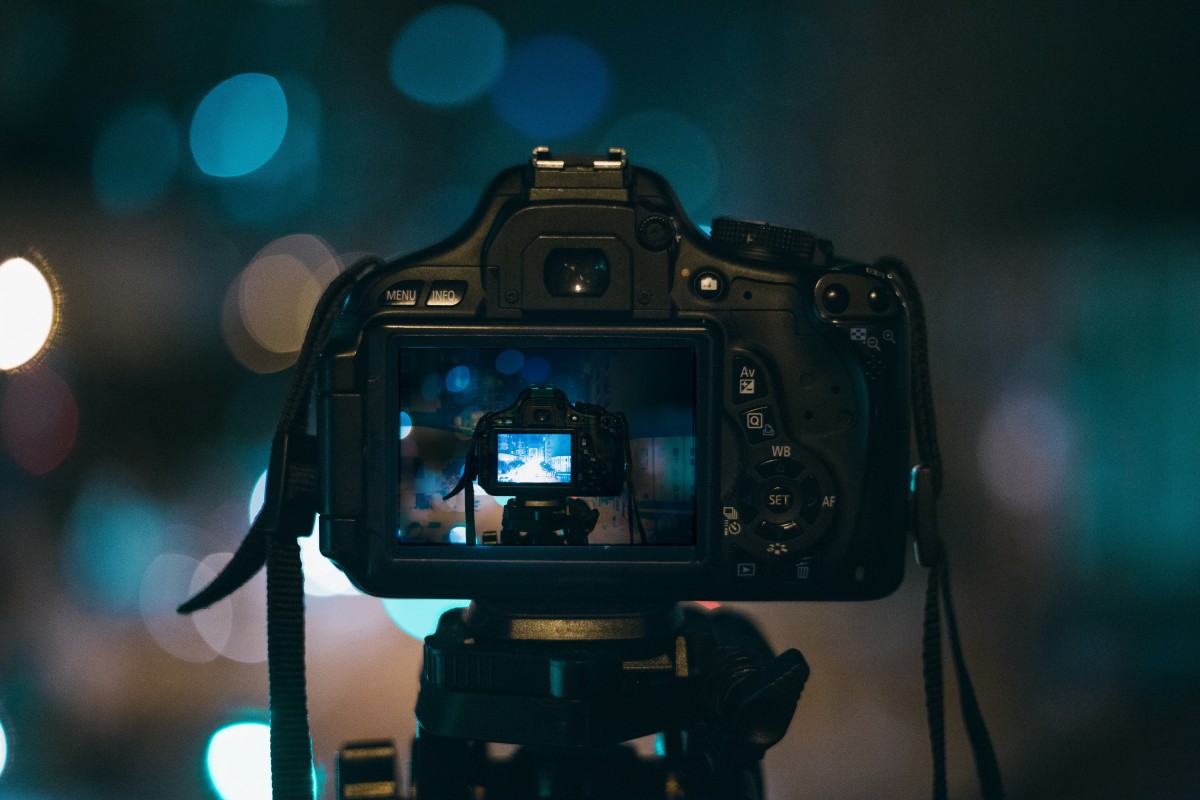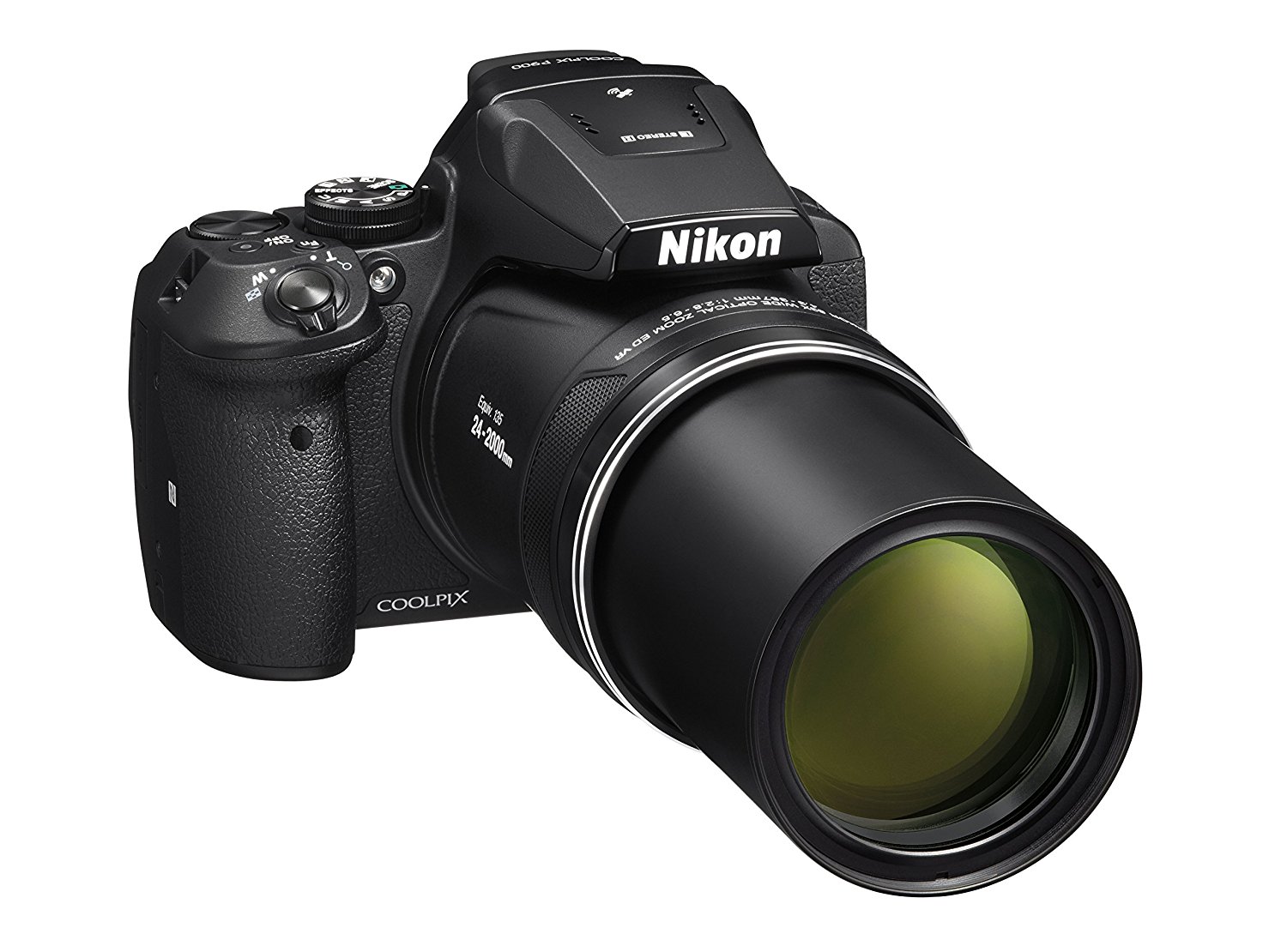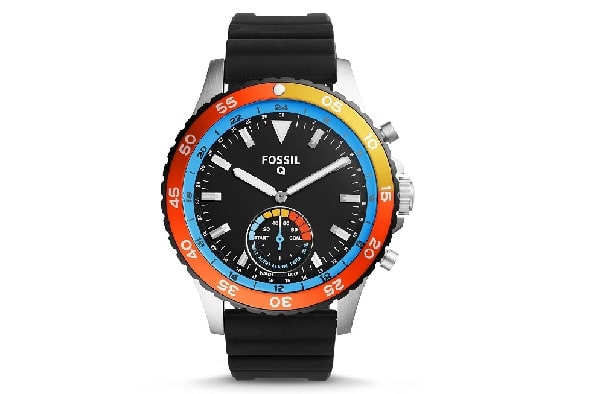You can spend thousands of dollars on a camera, but if you want quality pictures and videos do you have to?
Whether you’re an amateur photographer picking up the hobby or a professional photographer looking for a good backup camera, your needs are specific. Instead of dropping thousands of dollars on a DSLR camera (and even more for lenses), consider a camera like the Panasonic Lumix FZ80. This machine is great for those who want simple point-and-shoot functionality. However, it also allows for manual adjustment of settings, so you can make your shot look perfect. Incorporating the latest technological advancements, this camera is much more than you might expect it to be.
A Little About The Panasonic Lumix FZ80
Of course, in today’s world of luxury smartphones, everyone always has a camera in their pocket wherever they go. With each successive generation of smartphone, the cameras get better and better. So, no one would blame you for thinking that a camera like this is unnecessary. It’s bulkier than your phone, and how much better can the pictures really be? Of course, your phone can also do most of the things your laptop computer can do. Yet, no one thinks having a laptop and a phone is overdoing it. When you truly want to record a moment in your life, whether on vacation or at the school play, a dedicated camera is the only way to go.

Since When Does Panasonic Make Cameras?
Founded in 1935, Japanese manufacturer Matsushita Electric Industrial Company sold its products outside of Japan under the name “Panasonic.” In 2008, the company officially changed its name to match. Over the almost-century that the company has been in business, it’s focus changed a number of times. Originally the made light fixtures, vacuum tubes, and other early electronics.
Since the 1960s, Panasonic was best known for audio equipment, specifically turntables and speakers. This carried on into the late 1990s, where all the hottest music could be heard on their portable CD players. Today they are best known for their digital televisions and their partnership with Tesla Motors. In September, Panasonic joined with Leica Camera and Sigma to form the L-Mount Alliance, a high-end camera collective. Still, the Panasonic camera line, the Lumix FZ80 is a quality product that you can have in your hands today.
So, What Photographers Will Get the Best Use Out of the Panasonic Lumix FZ80?
Unless you really know your stuff, a professional-grade DSLR camera would likely confuse you. Fiddle with the settings all you want, but the pictures you’d take would not be of the greatest quality. The Panasonic Lumix FZ80 is a camera that gives amateur photogs enough options to ensure that they get the best pictures, no matter the scene. The camera comes with dozens of pre-programmed scene modes.
So, you can snap a picture of your dogs at play with Freeze Animal Motion, and then catch your significant other’s good side with Romantic Sunset Glow. The camera also has an intelligent automatic function. This means that the camera itself will cycle through to options to choose the best set-up for your surroundings. Of course, once you get used to the settings, you can manually adjust them so that each picture has its own perfect, unique look.
When and Where Should People Use the Panasonic Lumix FZ80?
As noted above, there are situations where your smartphone camera is absolutely all the camera you need to get great pictures. However, even with all of the great advancements of late, smartphone cameras are no replacement for a camera like the Panasonic Lumix FZ80. This camera is best where you want to make sure that you have not just a lot of photos, but good ones. Family events or vacations are ideal, because of all the options at your disposal. Thanks to the incredible zoom lens on the Panasonic Lumix FZ80, you can capture highly-detailed images of things that are really far away. So, if you are at some concert or event with a big crowd, you can get 4K pictures or video of the stage like you were right in the front row.
If you are heading to a place where you want to ensure you get good pictures, then you will want to take the Panasonic Lumix FZ80 with you. It is also a great camera that can help amateur or learning photographers bridge the point-and-shoot devices and the highly-complicated professional-grade cameras. Using the pre-set scene modes and intelligent auto features, a photographer at any skill level is going to get great shots. As you become more familiar with the settings, you can adjust all of them separately to get the perfect combination.
Features & Benefits of the Panasonic Lumix FZ80
To accurately showcase all of the features and benefits of the Panasonic Lumix FZ80, we’ve broken them into four categories. Rather than highlighting individual features and benefits, we’ve grouped all the best ones by category. This way, you can learn not just what this camera comes equipped to do, but also how these features work in concert.
1. 4K Video in the Palm of Your Hands

Of all the amazing features packed into this little camera, the capability to shoot 4K video is a standout for the Panasonic Lumix FZ80. At this resolution, the camera maxes out at 30 frames-per-second. You’re able to record MP4 files in full 3840 x 2160 pixels. You can also record Full HD video, 1920 x 1080 pixels, in the AVCHD file format.
At this resolution, you can take video in both 30- and 60 frames-per-second. All of this is easily done via the touchscreen menu or the mode dial atop the camera, if you want to manually enter your video settings. The Panasonic Lumix FZ80 also comes with the Power O.I.S. image stabilization system. This helps to reduce shaking in the video, especially if you are utilizing the zoom lens for a long-distance shot. It’s no substitute for a tripod, but can help salvage shaky videos.
2. 4K Images and More

While all cameras worth their sticker-price shoot video these days, you also want a camera that takes great still images. The Panasonic Lumix FZ80 doesn’t disappoint in that respect either. The RAW images are 4896 x 3672, and the camera has a near-perfect white balance. One of the great features it has for still images, too, is their proprietary burst-image technology.
Essentially the camera takes a few seconds of 4K video, and you can scroll through each individual frame in order to find the perfect shot. The camera also has a WiFi connection that allows you to directly upload images to the cloud or social media over a network or using your smartphone’s connection. However, the image sensor is very small. Add to that the extreme zoom, and your pictures may have a great deal of noise. You can try to sharpen the image using a photo-editing program.
3. The Computer Inside the Camera

Cameras of old were machines comprised of levers, mirrors, and chemical reactions. Today’s digital cameras are, essentially, computers. The Panasonic Lumix FZ80 can be controlled both through a physical mode dial and the LCD touchscreen on the back of the camera.
You can scroll through the menus there, choosing from dozens of preset scene modes. Switch from taking action photos to backlit photos to indoor close-ups in seconds. Along with the stabilization system, there is a tracking focus. This allows a moving subject to stay in focus during the burst shot. Ultimately, you can expect crisp, clear images from this camera.
4. Zoom Lens

The zoom lens on the Panasonic Lumix FZ80 is what sets it apart from many of its competitors. Billed as a 60x zoom, when fully extended the camera has a veritable focal length of around 1200mm. Reviewers say that at full zoom, the images are indeed grainy and noisy, but still suitable for social media.
However, at about halfway, Jim Fisher of PC Mag writes that at less-than-full zoom, the image quality is still quite good. Photo-editing software (or switching to the RAW format, which requires post-processing) should be all you need to get good photos for desk frames or social media. If you are looking for wall prints, you’ll need to be physically close to the subject.
What People Have to Say About the Panasonic Lumix FZ80
Many of the reviews examined for this piece are effusive in their praise for the Panasonic Lumix FZ80. People love that despite the low price point, the camera comes with many high-quality features. Many reviewers admit to knowing very little about photography, and the Panasonic Lumix FZ80 is a great camera on which to learn. A few reviews come from folks claiming to be professional photographers, praise the camera as well.

PROS:
CONS:
The biggest problem users have this camera is the result of the small image sensor, creating noisy images. It’s only really a problem when using the zoom and/or in low-light. Also, some users complain that coloring, specifically blue things, isn’t accurate. Still, that is a relatively easy fix in a photo-editing program.
Alternatives to the Panasonic Lumix FZ80 to Consider
Perhaps the Panasonic Lumix FZ80 is not the camera for you, especially if the small image sensor is a problem. If so, fear not, because there are plenty of options out there for the developing photographer. However, you will have to be willing to pay a higher price than they are asking for the Panasonic Lumix FZ80.
1. Panasonic Lumix FZ1000

Perhaps your problem with the Panasonic Lumix FZ80 is that you just want more than it offers. If that is the case, check out the Panasonic Lumix FZ1000. Featuring 20.1 megapixel images and 4k Ultra HD video at 2160p, your images will be brilliant and clear. Unlike the FZ80, this camera has a large image sensor so noise won’t be a problem. However, you are trading away the zoom, because this one only has a 5x zoom. This model also doesn’t feature the image stabilization system.

At a glance, this camera looks almost like a twin to the Panasonic Lumix FZ80, however there are some key differences. Firstly, the Powershot SX60 doesn’t offer 4k video, so you’ll have to settle for FHD at 1080p. It’s a little larger in your hands than the FZ80, and the Powershot is slightly heavier. While this camera can only take images up to 16.1 megapixels, they do offer a 65x zoom.

Nikon’s Coolpix brand runs the gamut from beginner point-and-shoot models to this camera. It boasts an 83x zoom, and a high-quality lens. At nearly two pounds, this camera is bigger than the others. Still, it also doesn’t offer 4K video, offering FHD at 1080p. It also tops out at 16 megapixels. It does have image stabilization, which is a must for a zoom that large.
The Panasonic Lumix FZ80 works as a starter camera, but still does the job as your skills behind the lens develop.
Part of the headache of bringing a camera that’s not inside your smartphone is lugging it around. The Panasonic Lumix FZ80 is small enough to not be obtrusive if you’re at a concert, a festival, or just out on a hike. You can take impressive video and images with little practice and training, ensuring that you have memories you can show off. It works best in natural light, and you might need to touch-up your photos with software if you’re a real stickler. But this is a solid camera that takes great images, that will work for photographers of any skill level. A great beginning camera or just one to add to your collection.
What do you think? Share your thoughts, experiences, and ideas in the comments below. Don’t forget to share the article on social media if you liked it.
Related Article: Best Travel Cameras for Great Shots and a Memorable Vacation



